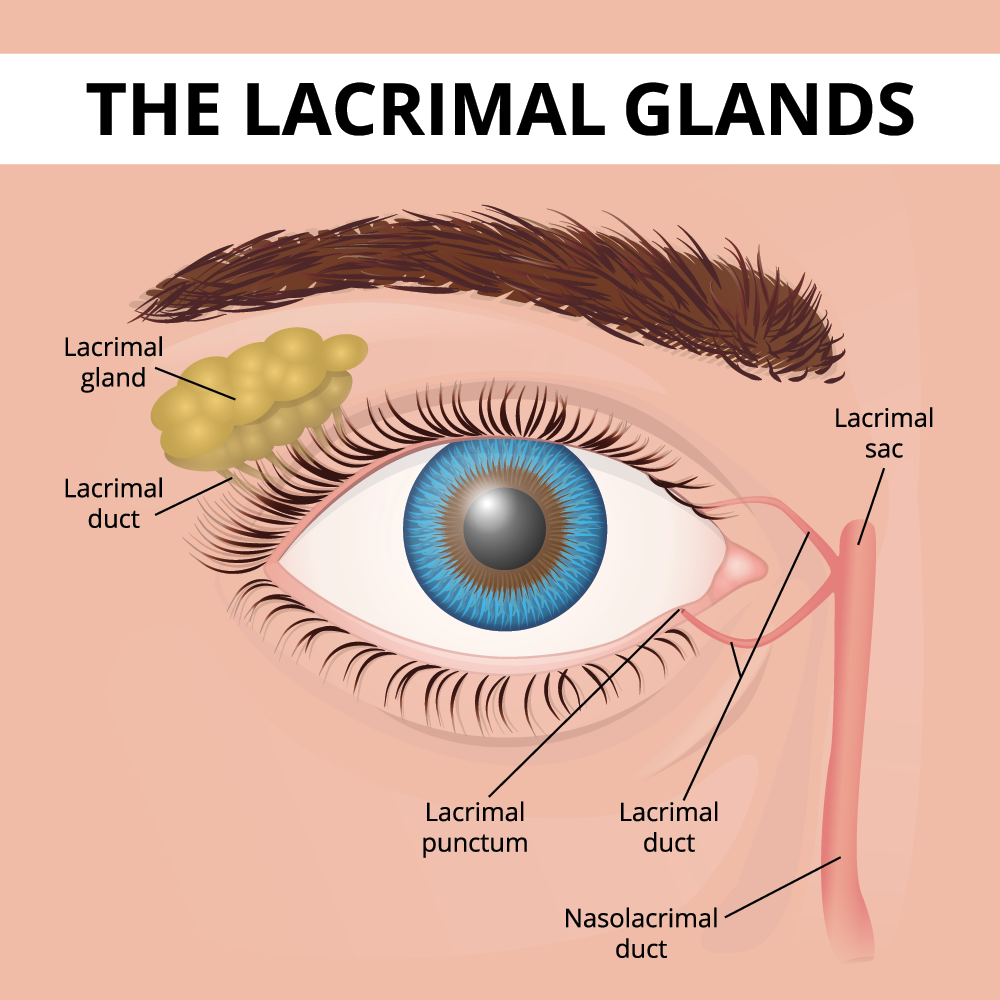Ptosis means that the upper eyelid is “droopier” than normal. This condition can affect one or both eyes. It can cause difficulty reading or driving, particularly at night or in lowlight conditions, and it can even lead to headaches from the continuous use of the forehead muscles to compensate for droopy eyelids. The most common cause of ptosis is an age-related stretching of the muscle that lifts the eyelid. Dermatochalasis is the excess upper lid skin hanging over the eyelashes and eyelid margin. This is typically related to the decreased skin elasticity associated with aging.
Blepharoplasty and/or concomitant ptosis repair can be performed to correct for these problems. These procedures are performed on an outpatient basis and require about 1-2 weeks for resolution of bruising and swelling. Often these procedures can be covered by insurance if there is significant peripheral vision obstruction caused by the eyelid obscuring the pupil. These surgeries can also be performed as cosmetic procedures where fat debulking or repositioning can help rejuvenate one’s appearance.
Ectropion is a condition where the eyelid turns outward away from the eye, such that it is no longer in contact with the eye. This can result in redness of the eyes due to exposure to the air and sun. It can also lead to persistent tearing. Ectropion is usually caused by laxity of the lower eyelid due to aging. It can also be caused by scarring related to prior surgery, skin cancer, or trauma.
Entropion is a condition where the eyelid rolls inward towards the eye. This can cause the eyelashes to rub against the cornea, and potentially lead to infection, scarring, or even vision loss. It usually results in chronic redness, irritation, and tearing. Entropion is also typically caused by laxity and instability of the lower eyelid from aging. Scarring on the inner eyelid from prior infection or trauma can also cause it.
Entropion and ectropion can sometimes be managed with topical lubricants. However, often times surgery is needed to repair the underlying anatomical problem. This usually involves a lid tightening procedure that repositions the eyelid to its normal position. This can be done on an outpatient basis using local anesthesia and monitored sedation.
Eyelid lesions (also known as eyelid tumors) can be either benign or malignant. The vast majority of eyelid lesions are benign. Examples of benign eyelid lesions include eyelid cysts, skin tags, styes, or viral infections. These can present anywhere along the upper or lower eyelids. The most common malignant eyelid tumors are basal cell and squamous cell carcinomas, which usually present on the lower eyelids and other sun-exposed parts of the face. Rarer malignant tumors include sebaceous cell carcinomas and melanomas.
Eyelid lesions can usually be biopsied in the office under local anesthesia with minimal risk. Often, smaller lesions can be excised completely at the same time. If the diagnosis is malignant, surgery is usually required to ensure that the entire tumor has been removed. This can be done either with frozen section analysis, or with Mohs micrographic surgery.
Eyelid reconstruction after tumor excision requires surgical precision to ensure the eyelid functions properly after surgery. If reconstruction is not carefully performed, eyelid malpositions (ectropion, eyelid retraction) may occur. Dr. Yoon is highly trained as an ophthalmic plastic surgeon to treat these complex problems.
Styes (an infection of an eyelid oil gland) and chalazions (a slow-growing lump from the clogging of the oil gland) are very common eyelid lesions. These are caused by the obstruction of fluid within the meibomian glands of the eyelid.
Warm compresses, and eyelid cleansers can help as home remedies.
Topical prescription medications, intralesional injections, and drainage procedures may also be necessary for complete resolutions of some styes.
Epiphora, or excessive tearing, can be due to excessive tearing or insufficient drainage of the tears.
Excessive tearing can commonly be due to dry eyes, as it signals the lacrimal gland to reflexively produce more tears. Eyelid malposition (outward or inward turning of the eyelid) results in irritation of the eye and is another common cause of excessive tearing.
Insufficient drainage of the tears can be due to obstruction anywhere along the tear drainage system, from the entrance of the system (punctum) or the exit of the system (nasolacrimal duct). A careful evaluation of the tear duct system is critical to determining the correct therapy or surgery to improve your symptoms.
Occasionally, tearing can be due to a combination of problems, and it takes a specialist to sort through these to come up with a proper treatment regimen. Dr. Yoon specializes in tear duct surgeries and state-of-the-art techniques. He is an expert in endoscopic approaches to addressing the tear duct, without leaving a visible scar.

Colvard-Kandavel Eye Center offers personalized eye care services for patients with routine and complex eye conditions.
Our team is here to help you make an appointment with the specialists that you need.